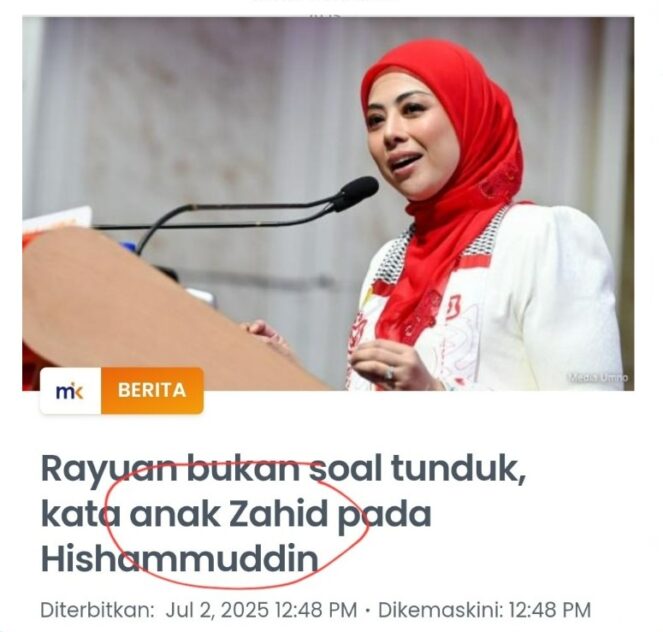By Xavier Kong
EVERYTHING is a competition. The most supported person becomes the prime minister, the most competitive country becomes the hub for a sector. But, see, the thing about a competition is that there can be only one winner, and everyone else will just have to grin and bear it, while working harder to overthrow the winner.
The same holds true for the country’s automotive industry. The recent launch of the National Automotive Policy (NAP) 2020 again shows steps aimed at turning Malaysia into a regional hub, this time for energy-efficient vehicles.
However, it is safe to say that Malaysia is not the only player in the game, as Indonesia and Thailand have been taking their own steps towards that elusive “regional hub” status. Thailand has its own aims to be a manufacturing hub for electric vehicles in the region, while Indonesia already has the title of the largest automotive market in Southeast Asia.
Still, competition can be a good thing, as it drives innovation and creativity in the eternal race to one-up the other competitors. However, is Malaysia too ambitious at this time?
Let’s look at what Malaysia is bringing to the board. It has been determined that NAP 2020 will be implemented through seven roadmaps/blueprints, as shared by then-prime minister Tun Dr Mahathir Mohamad at the launch. The four roadmaps and three blueprints will be rolled out over the next 10 years, and are focused on the following.
The roadmaps will focus on Automotive and Mobility Value Chain, which aims to “assist the development of parts and components suppliers in Malaysia”; Automotive and Mobility Technology, which will chart the way forward on related technology development in the aspect of energy-efficient vehicles, next-generation vehicles, smart mobility, Internet of Things (IoT) infrastructure and IR4.0; Automotive and Mobility Talent, which outlines improved plans for the development of a competitive workforce that is fit for industry demand at all levels; and the Automotive Aftermarket, which will position Malaysia as an automotive remanufacturing hub in Asean, while providing guidelines for optimising the quality of recycling and reuse of components.
Strategies in robotic technology
The blueprints, on the other hand, will focus on Mobility as a Service, which will outline core planning of transport services and mobility solutions; Automotive Robotics, which will outline strategies in robotic technology towards providing solutions for the manufacturing sector; and Automotive IoT, which will look at the direction of the connectivity revolution in the automotive industry.
NAP 2020 will also feature a new Malaysian vehicle project, with claims that the prototype is ready and is just awaiting investors. According to TA Securities’ analyst Angeline Chin, the new Malaysian vehicle project will also emphasise research and development along with the incorporation of the latest technologies in local industries “in order to be competitive in both the domestic and global markets.”
Customised incentives will be further refined as well, with Malaysia Automotive Robotics and Internet-of-Things Institute (MARii) chief executive officer Datuk Madani Sahari noting that the process will be made more transparent, with criteria to be met.
However, missing from the policy are any changes to the excise duty as well as the Approved Permit (AP) system, along with any form of the end-of-life policy.
Analysts agree that NAP 2020 is a good policy that should help in the long term, considering the lack of details on the specific action plans to date. However, the short to medium term still suffers from a lack of catalysts.
It should also be pointed out that, right after the launch of NAP 2020, there came an attempted coup d’etat in the Malaysian government, aiming to keep Mahathir as the prime minister.In what can only be defined as political turmoil, many initiatives and programmes appear to have been put on hold pending the decision of the King.
As if this was not enough, the Malaysian market has also been identified as the worst-performing market in the region, with the political turmoil coming in while the country is still fighting to recover from the 1Malaysia Development Bhd (1MDB) scandal which rocked the nation and its economy, as well as the economic damper that came about due to the outbreak of the Covid-19.
So, how will Malaysia’s automotive industry stack up to the competition, and will NAP 2020 be the kick it needs?
Tariff protection stays
Honestly, the gut feeling is no. As it stands, local auto players Proton and Perodua, established in 1983 and 1993 respectively, have enjoyed 37 and 27 years of tariff protection respectively. Despite this, Proton needed a further bailout by China-based auto player Geely Auto.
As much as competition is supposed to stir innovation and advancements, is it not high time for the crutch that is the tariff protection be removed? That way, it would be a clear indicator as to whether or not Malaysia’s homegrown auto players will be able to stack up to the rest of the region, and the rest of the world.
As for NAP 2020, for all it is meant to stimulate and build up the automotive sector further, it again falls into the box of keeping the crutch on Proton and Perodua, and here we see the introduction of a third national car that requires investments from the private sector to even have the prototype shown.
That in itself is a telling sign, is it not? Why not show the prototype to the public, so that the reception of the new project can be gauged? Why should the private sector and the public pay for the continued use of crutches by local auto players?
For now, it honestly feels as though Malaysian auto policy is meant to continue playing in this sandbox of their own, extracting payment from other players that want to come in, and letting only select players enter the sandbox.
So much for Mahathir’s statement that the AP policy is there to “protect the public from being taken for a ride,” as well as how Malaysia is “a very open market.” The public should not have to pay for the perceived success of the homegrown auto industry, or to prop them up for their pride.
How about adding an end-of-life policy, and removing the tariff protection for fair competition among all the auto players in Malaysia? Pretty sure that would do more for the B40 than the lack of the end-of-life policy, while also creating jobs as the nation would become a truly open market for the auto industry. Would that not be the definition of a hub for the automotive industry? – March 12, 2020









